ASM IC packaging equipment ASM Pacific full speed entry Mini/Micro LED something Yole d évelopement exclusive interview
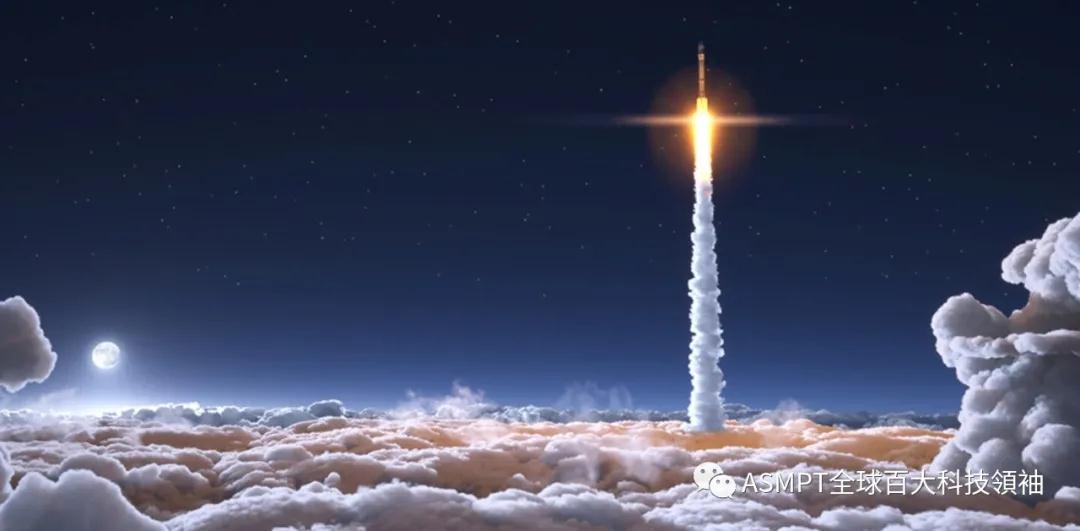
The growing demand for MiniLED chips (see our CES 2021 review and preliminary ideas for Apple’s MiniLED IPAD Pro backlight architecture) for microspaced direct LED displays and high-performance Lcd backlighting has accelerated the Mini LED’s adoption. The massive demand for LED chip manufacturing and assembly, which is much smaller than what has been used in the industry over the past 20 years, presents a new set of challenges in terms of processing, capacity, accuracy and acquisition costs. At the same time, Micro leds (sometimes as small as 2-3? M) with smaller LED chips are making progress on all fronts. Investment is growing, partnerships are multiplying, dozens of big companies and start ups have launched prototypes, and a number of commercial products are even on the market in 2021. As the outlook continues to be positive, there is growing interest among device manufacturers in developing and offering specialized Micro LED devices. Despite the lack of a standard manufacturing process, some companies are developing one-stop solutions that include mass migration, testing, rework, and testing. As our report Micro LEDDisplays something Market, Industry and Technology Trends 2021 discusses extensively, the off the shelf tools from reputable device manufacturers that are both powerful and ready for production are important milestones in the young history of Micro leds: lcds or Oleds don’t take off until they have a mass production device. ASM Pacific Technologies, a supplier of advanced packaging equipment, is responding quickly to the fast-growing Mini LED market and emerging Micro LED opportunities. The company has developed a range of devices to meet the needs of manufacturers of Mini LED and Micro LED displays. Yole D évelopment analysts Eric Virey and Zine Bouhamri spoke with Mr. Jonathan Ku, ASM’s senior director of business development for the Pacific, about the company’s Mini LED and Micro LED strategy and outlook.
Yole D évelopement (YD) : First, can you tell us a little bit about yourself and Asm Pacific? Jonathan Ku (JK) : I’m Jonathan Ku, senior director of photonics Business Development for Asm Pacific, responsible for developing packaging solutions for Mini LED and Micro LED advanced displays. I have worked with ASM Pacific for more than 20 years, focusing on the photonics/LED business. YD: There is no generally accepted definition of a Mini LED and a Micro LED, which can cause confusion. Asm How does the Pacific define and differentiate these two technologies? JK: Yeah, we know that, too, because sometimes we see product announcements about Micro LED tvs or displays that are actually assembled Mini leds. ASM Pacific began developing Mini LED and Micro LED packaging solutions as early as 2016, when we differentiated between the two technologies by chip size (i.e. Mini LED: 50? M-200? M; Micro LED: Less than 50? M) . Z close, we changed the definition, Micro LED is not like Sapphire substrate. YD: What do you think are the main challenges faced by manufacturers of MiniLED products? JK: Cost! Everyone is trying to keep costs down, whether it’s related to yield, assembly productivity, or the ability to weld smaller, cheaper chips. ASM Pacific offers key process solutions for sorting, mixing, welding and rework to achieve cost-effective production for customers across all technical barriers. YD: Are there any differences between the requirements for straight-through RGBLED displays and LCD backlighting applications?
JK: It’s very different. LCD backlighting is not a Mini LED technology, its chip size is usually more than 200? M, and chip spacing is very large (ranging from 2-10mm) , so in addition to the special requirements of large panel size, basically can be used in the traditional solid crystal machine with a lower technology. RGB LED direct display chip spacing is much smaller than backlight, chip size is also much smaller. A year or two ago, 5x9mil chips were the norm; last year they were 4x8mil. This year, most of our customers have tested 3x5mil solders so they can produce chips at a lower cost and be ready for a micro-pitch display (less than P0.6) . Several packaging companies have even begun a 2x4mil solid-crystal evaluation to produce ultra-micro-pitch displays smaller than P0.4. However, substrate costs are a major hurdle for mass production 3x5mil and 2x4mil. This requires substrate suppliers to make a breakthrough in order to reduce the manufacturing cost of ultra-micro spacing substrate. YD: can you tell us something about your MiniLED products? JK: In terms of Mini LED direct display, we developed the VORTEX platform, which can handle as little as 50? M X 100? M Mini LED chip, for large LED display to provide high-speed, high-precision Pick & PLACE COB solution. By virtue of Xy θ calibration, VORTEX does not have to sacrifice production capacity in order to obtain precision, is truly high-speed, high-precision. With its powerful testing capability, VORTEX can provide high yield solution, after-welding testing to ensure welding quality. Therefore, it is especially suitable for ultra-micro distance RGB Mini LED direct display as small as P0.4.
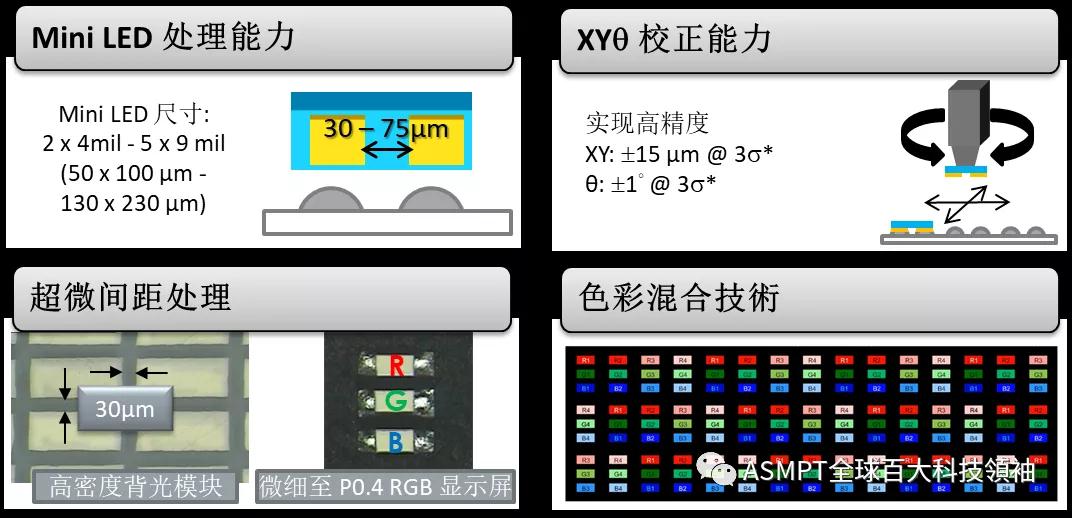
Vortex features direct display of Mini LED micro-pitch (provided by Asm Pacific) as for Mini LED LCD backlight applications, we have AD420XL crystal fixer, which is a high-speed, high-precision Pick & PLACE COB solution, apply to local dimming of large size LCD BLU and ultra-micro spacing LED display, can handle as small as 75? M X 125? M LED chip. With its XY θ correction function, no need to sacrifice production capacity in exchange for precision, is truly high-speed, high-precision. The target applications are large size LCD, Blu PCB, glass substrate and so on.
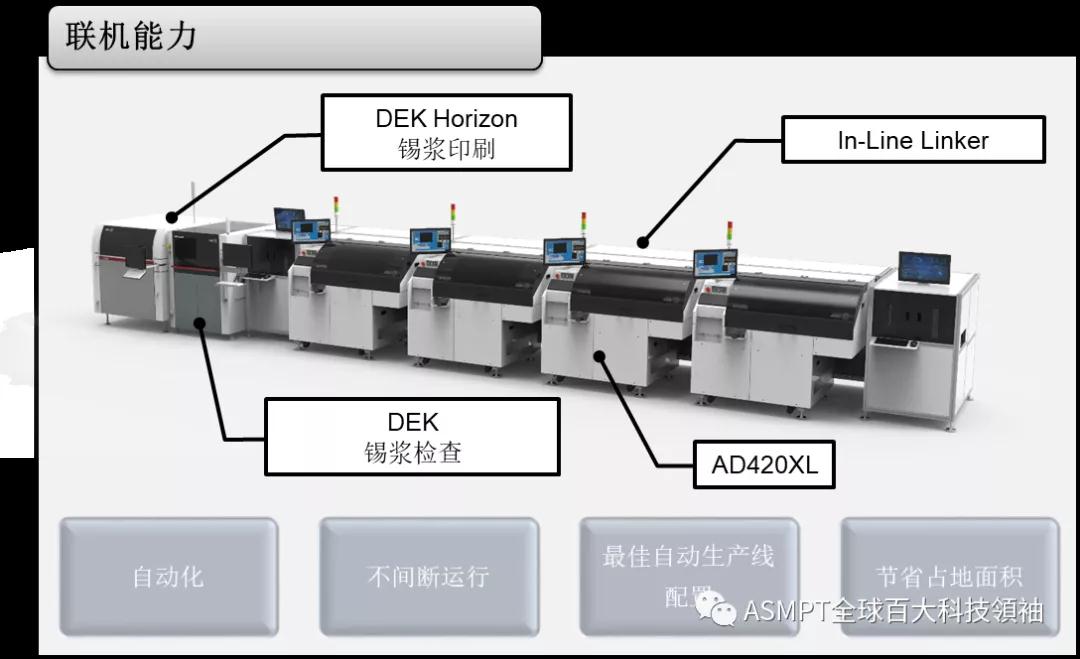
Ad420xl In-Line Linker Automation (courtesy of ASM Pacific)
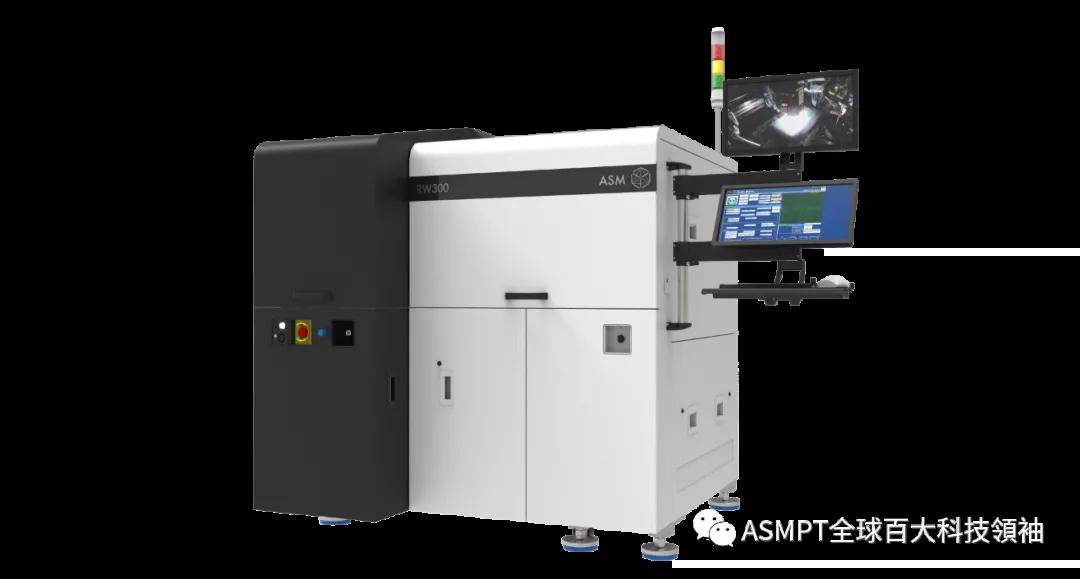
RW300 Mini LED automatic repair machine (provided by ASM Pacific) we also provide a Mini LED repair solution, RW300. It is RGB LED display one-stop repair solution: Crystal and re-soldered to a new chip. Designed for micro-and ultra-micro-pitch RGB displays, suitable for direct display up to P0.5 and up to 75? M X 125? M Chip, also equipped with RGB multi-wafer processing. The process is clean, uses high-precision lasers and patented solid-crystal technology with excellent chip tilt control. The size of the substrate to be processed by the device is 200 × 250 mm. After Z, the customer for RGB display quality requirements, in the reflow can not achieve that quality, we also have a huge transfer welding platform, Ad300mini, its placement accuracy of ± 2? M With an angular accuracy of ± 0.005 ° . Vortex quickly transferred the Mini LED chip from the sorted wafer to the temporary carrier, and then used the Ad300mini for in-situ massive welding.
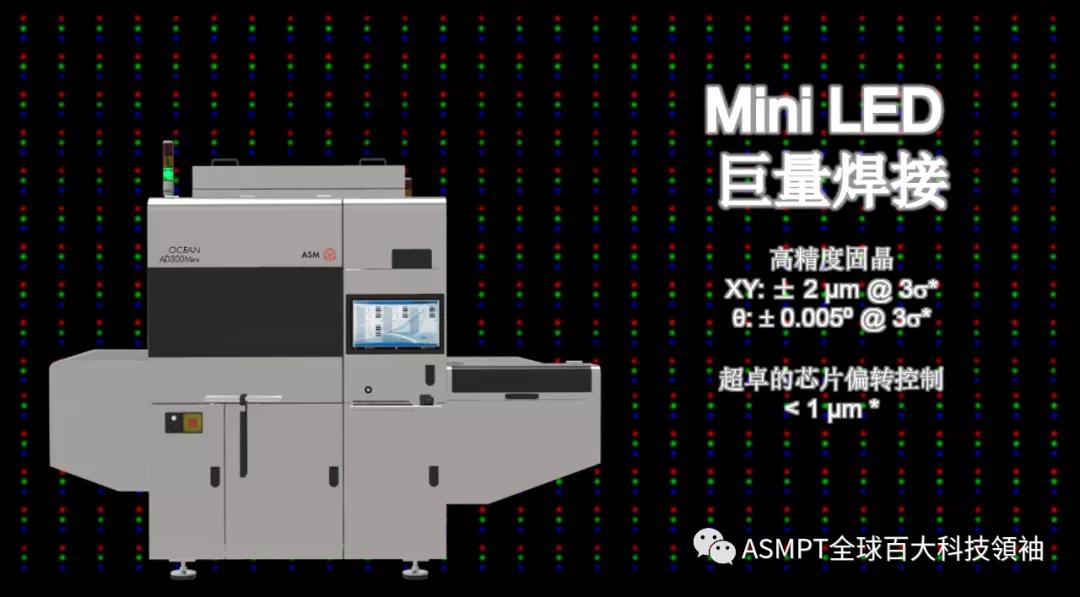
The AD300Mini LED is heavily welded (courtesy of ASM Pacific)
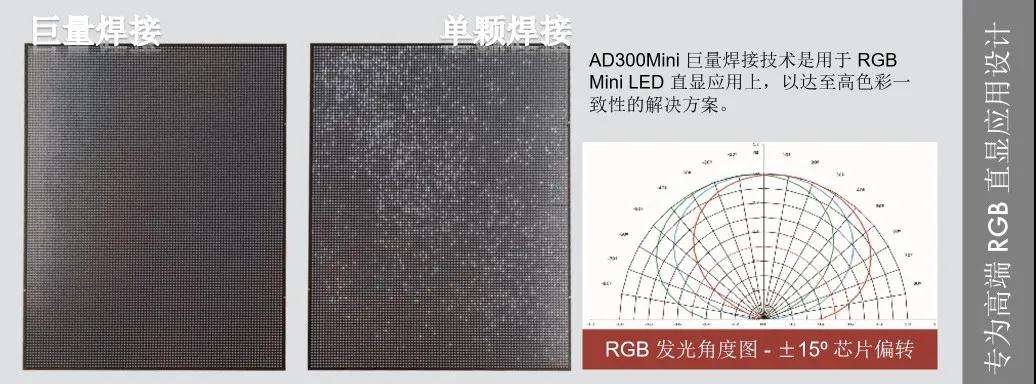
Massive welding Mini leds designed for high-end RGB displays (courtesy of ASM Pacific) YD: Mini LED manufacturers seem to be torn between making different decisions. Some choose entry-level crystallizers at the expense of performance and yield. Others seem keen to adopt more expensive and sophisticated processes and equipment. Is this an individual company strategy, or does it just reflect different application requirements? Jk: It really depends on the strategy and application of different companies. For example, in the LCD BLU application, some companies buy COB solid-crystal devices, while others still use traditional POB technology. RGB display is usually based on pixel spacing. What if the client’s goal is to use 75? M X 125? M or even 50? M X 100? M small size LED chip to produce ultra-micro spacing display screen (P0.4-P0.6) , then it is necessary to buy high-precision (high yield) high-speed (spell productivity) equipment. Some rivals have tried to slow down their existing conventional solid-crystal machines to weld Mini leds, with little success. In general, customers need to sacrifice solid yield, and for the need to repair the cost and additional resources. Customers who require high-quality, well-welded Coplanar control displays have purchased Asm Pacific’s crystal removal and massive welding solutions to achieve this. As mentioned above, for these applications, VORTEX can be configured as a platen for massive transfer welding of the Ad300mini. This is the perfect fit for the P0.4 something P. 6 ultra-micro-pitch display. After the Z, customers who thought the Mini LED was just a stepping stone to Micro leds bought the VORTEX and AD300 pro, which is currently available for high end Mini leds, but has been modified to allow in situ welding of Z small Micro leds. YD: could you comment on your portfolio of Mini LED customers (applications, company type, location, etc.) ? JK: in the area of micro-pitch RGB direct display and LCD backlight, our customers include panel manufacturers, LED packaging plants and major direct display manufacturers throughout Chinese mainland, Taiwan, Japan, Korea, Europe and the United States.
YD: Asm Pacific is now working to address other challenges associated with Mini leds? JK: Of course, the pursuit of excellence never stops. We are committed to increasing productivity while improving welding accuracy. This can help customers improve the yield in processing small chips and ultra-micro spacing. YD: Micro LED self-emitting displays are promising, but still in the early stages of development. ASM when did the Pacific decide to enter the market? JK: Beginning in 2017, ASM Pacific teamed up with a Micro LED start-up in Taiwan to come up with one of the world’s great mass pickup and welding solutions. YD: Can you introduce your products in the field of Micro LED? What are the main features of seal size, period, chip size, welding and so on? JK: Asm Pacific is a pioneer in Micro LED mega pick, mega transfer and Z welding. So we launched a production platform a few years ago. The new AD300Pro helps US capture more than 90% of the market share in the current pilot Gamer market.
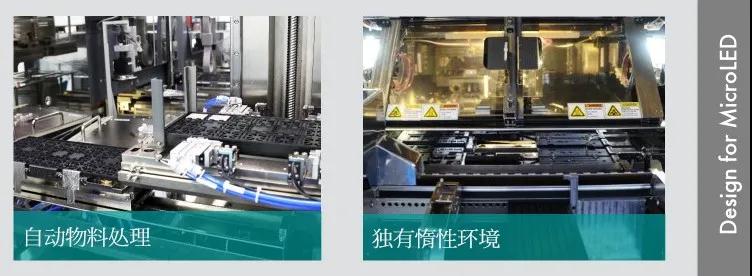
The AD300Pro is designed for Micro leds (courtesy of ASM Pacific) . The common transfer stamp size for Z is 37x37mm. Some companies use 49X49MM. The welding yield is greatly influenced by the coplanarity of seal and substrate. Usually the chip size is 5-50? “M.”. Cycle time is highly dependent on materials and processes, and our alignment time takes only a few seconds. We can weld one hundred thousand chips to hundreds of millions of chips with 100% yield. YD: start-ups, display manufacturers, research institutions and others have developed dozens of transfer process concepts. What is the origin of the AD300 pro? Have you developed a large number of transfer processes internally or with other partners? A few months ago, VueReal announced that the AD300 pro could be combined with its massive transfer of technology. Do you work with other process developers? JK: Yes. There are dozens of transfer process concepts on the market, but most are still in the experimental testing mode. AD300Pro is a huge transfer welding platform with Z mature in current production mode. ASM Pacific independently developed a huge transfer welding process. In addition, we work closely with different material suppliers in the market to achieve our goals. We regularly discuss with other process developers and are willing to listen to their suggestions and explore possibilities for collaboration.
YD: Seal Technology and laser technology is probably the current advanced and popular Micro LED mass transfer concept (self-assembly technology followed) . What do you think are the pros and cons of each technique? ASM Pacific interested in Micro LED laser technology? JK: Seal Technology is still a popular and mature mass transfer concept on the market. And laser technology is a feasible Micro LED transfer process. The technological breakthrough is how to handle Micro LED epitaxial layer transfer only a few microns thick. ASM Pacific is developing a unique laser process for Micro LED transfer. When more test data is assembled, we’ll release it to the market. YD: In summary, significant progress has been made in Micro LED migration. Interviewing more than 30 companies in preparation for the Micro LED 2021, we found a big change from previous years: most companies no longer seem to see mass migration as a fundamental hurdle. In your opinion, what else is needed to further improve the process and equipment and make mass production consumer grade Micro LED products? JK: Yes, I also agree that massive migration is no longer a fundamental hurdle, as most of the major players use the AD300Pro to achieve this goal. In order to realize the mass production product, the key should be in the front end and back end process, such as Micro LED wafer yield, sorting, welding, on board repair and so on. YD: Do you expect Z to eventually see Micro leds cross-cutting with Mini leds? For example, is the mass transfer concept implemented in the AD300Pro also applicable to some Mini LED applications? JK: definitely. That’s why ASM Pacific developed OCEAN Line two years ago to provide good coplanar control for the entire display.
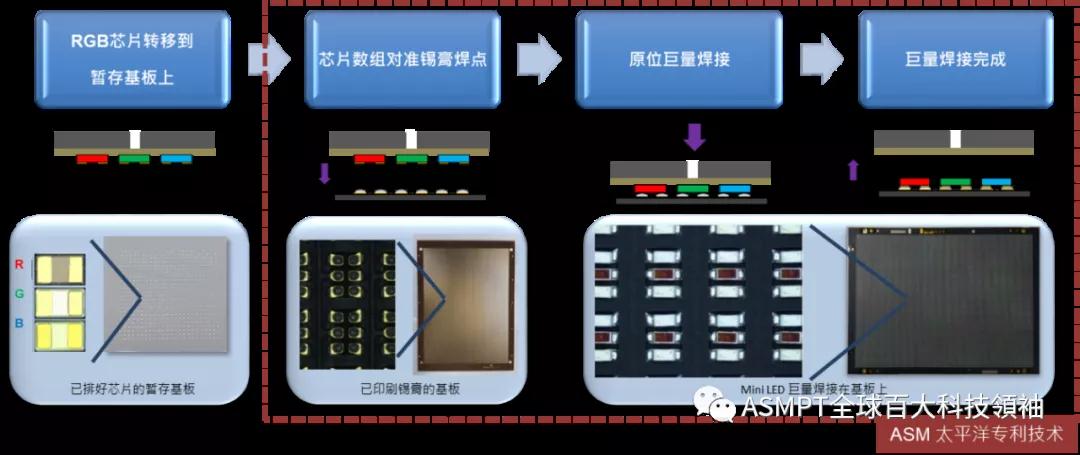
Ocean Line mass welding (Asm Pacific) YD: What’s the next step for Asm Pacific in Mini leds and Micro leds? What should we see in the coming months and years? JK: Both Mini leds and Micro leds use a high-density Matrix welding process that requires high speed and flexible packaging to drive low-cost, high-efficiency production. Asm Pacific is working in this direction and is developing innovative devices to support mass production. We are also committed to front end and rework processes to integrate the complete solution and accelerate the commercialization of Mini/Micro LED products. ASM Pacific also offers factory automation solutions. Last year the program helped some Mini LED customers start mass production RGB ULTRA-MICRO-SPACING DISPLAYS (& Lt; P0.6) . Automation of Micro LED packaging lines will be a priority in the coming months.